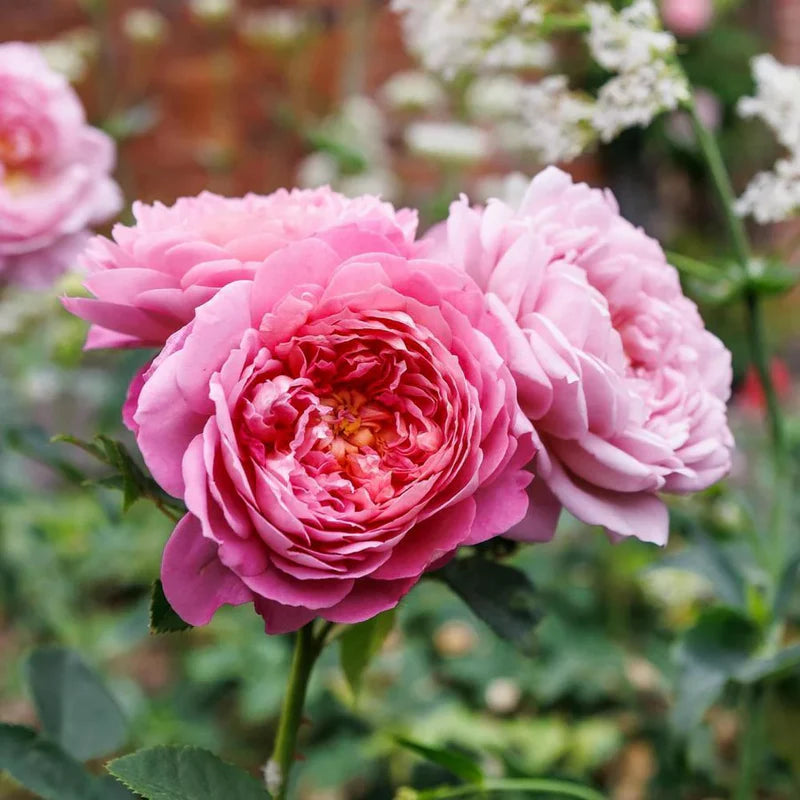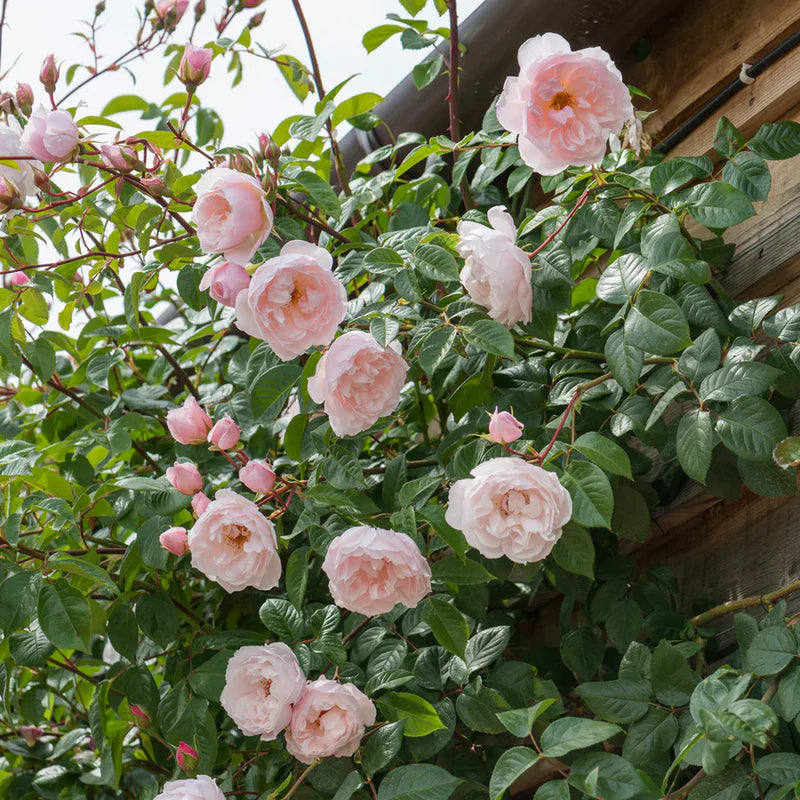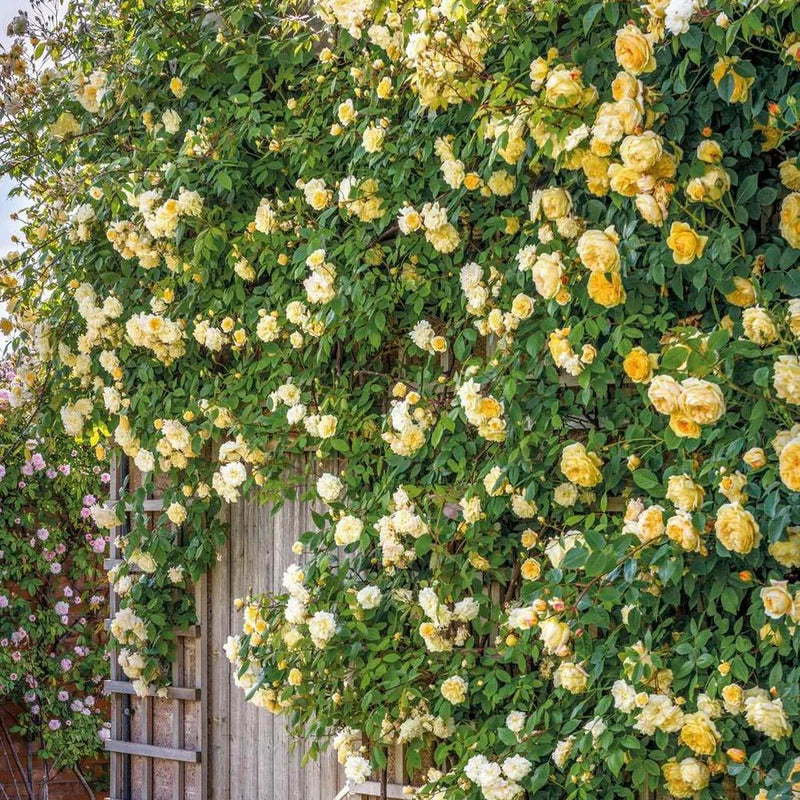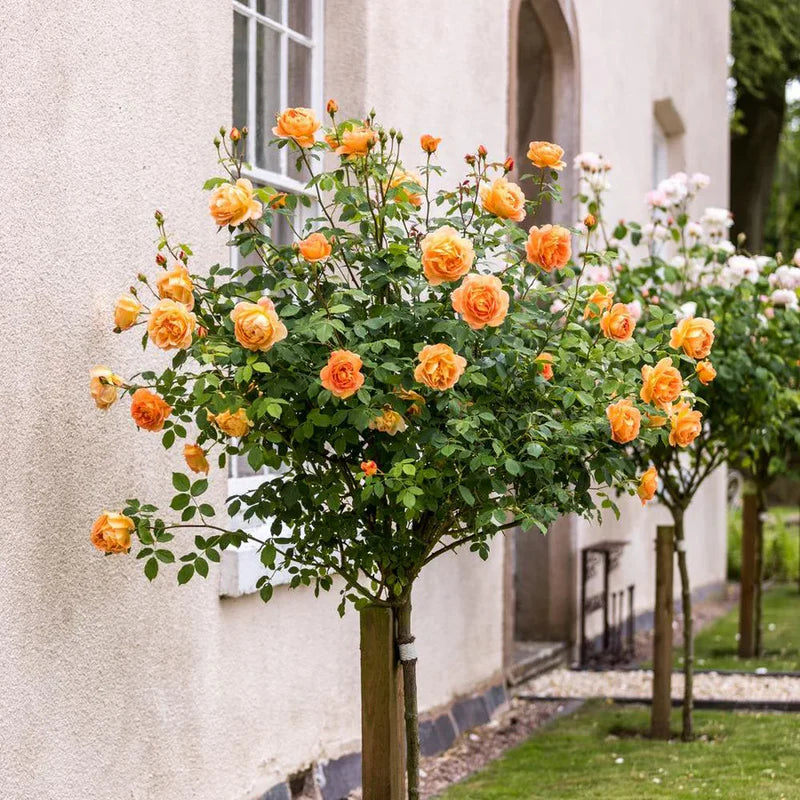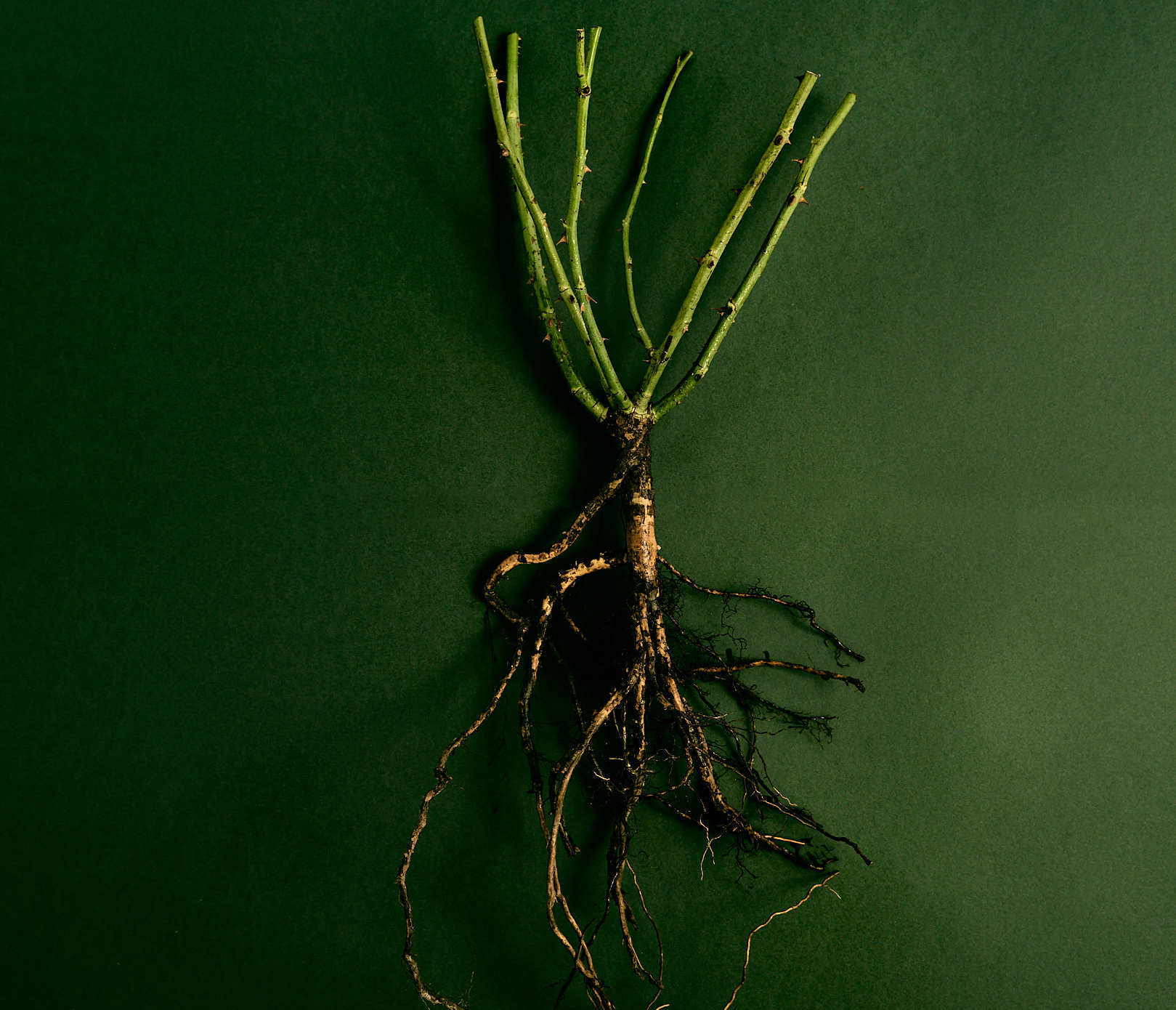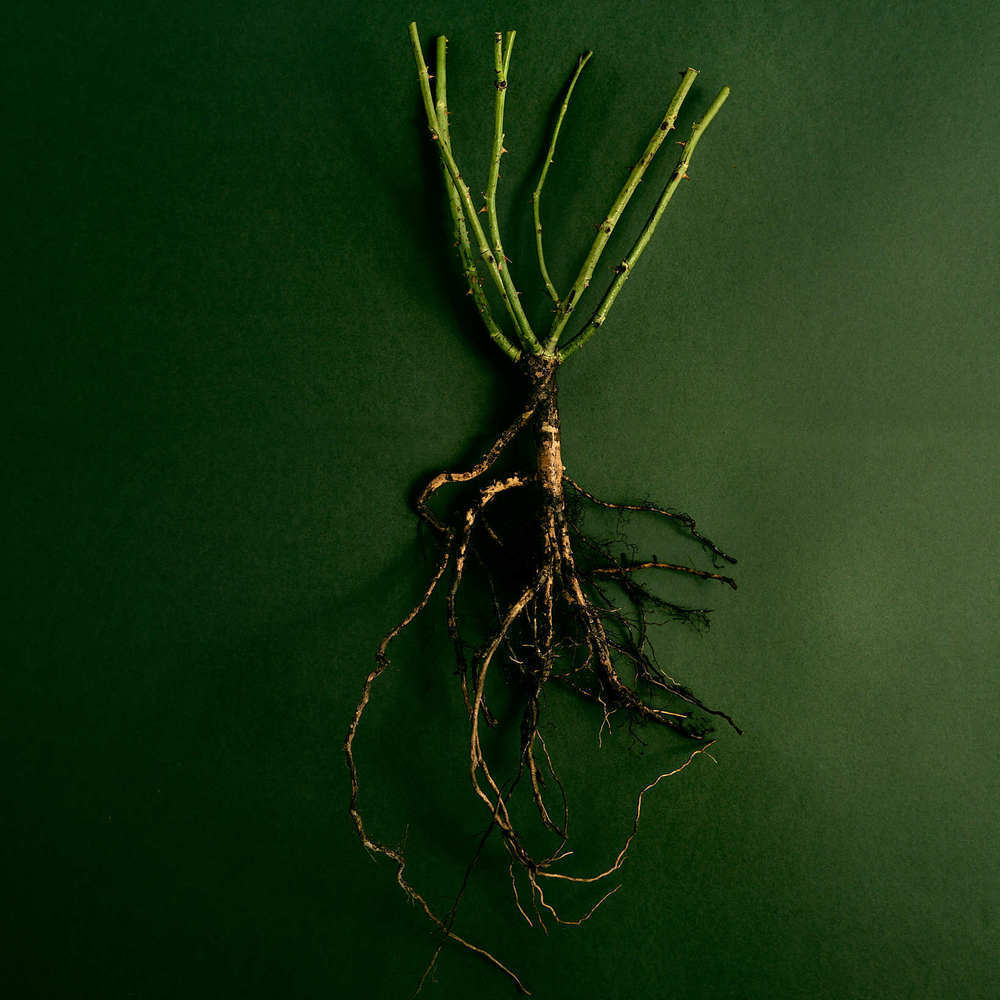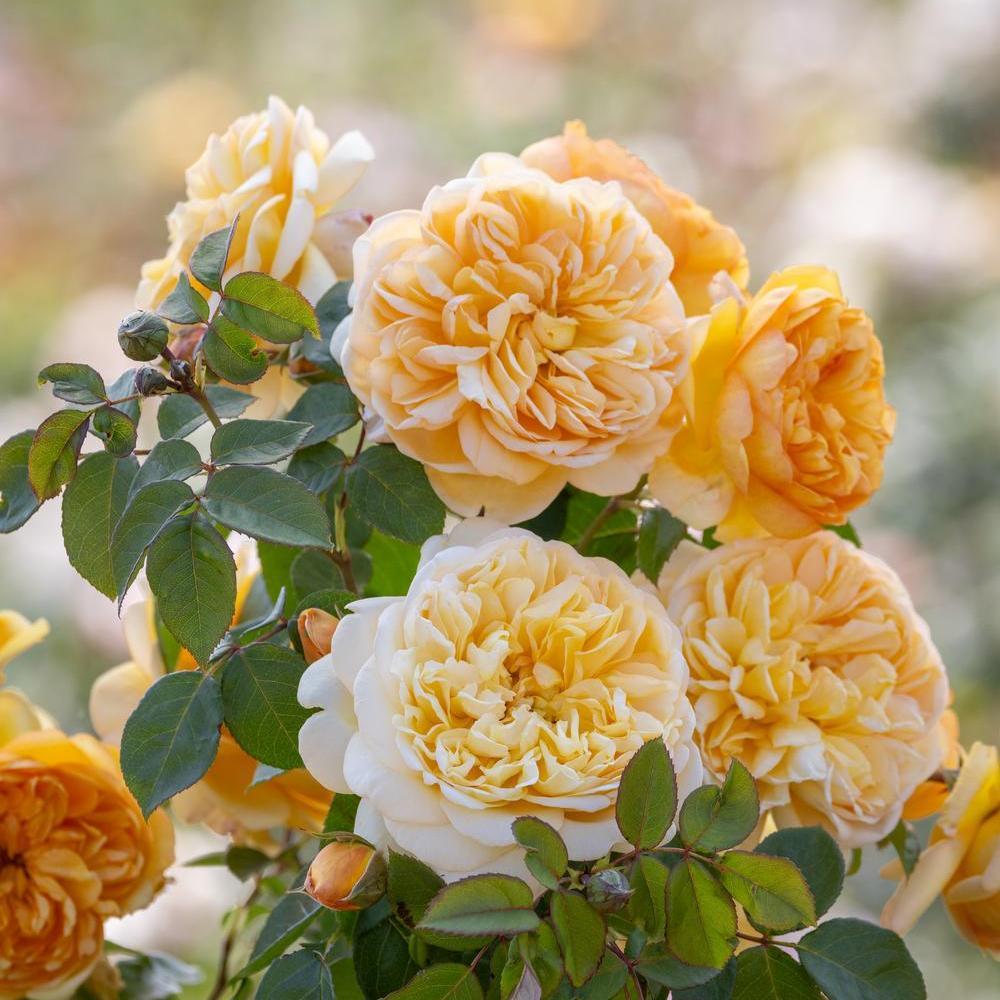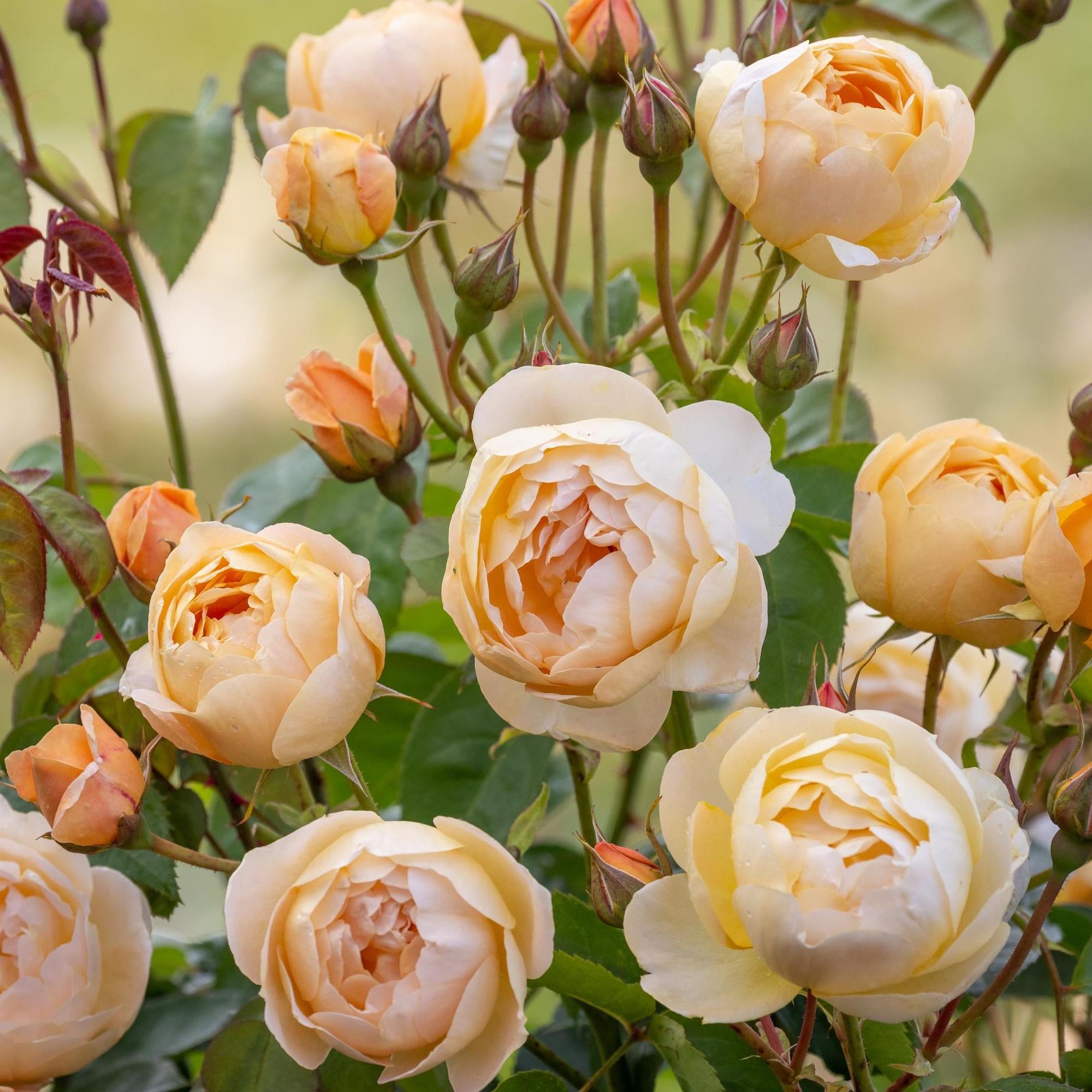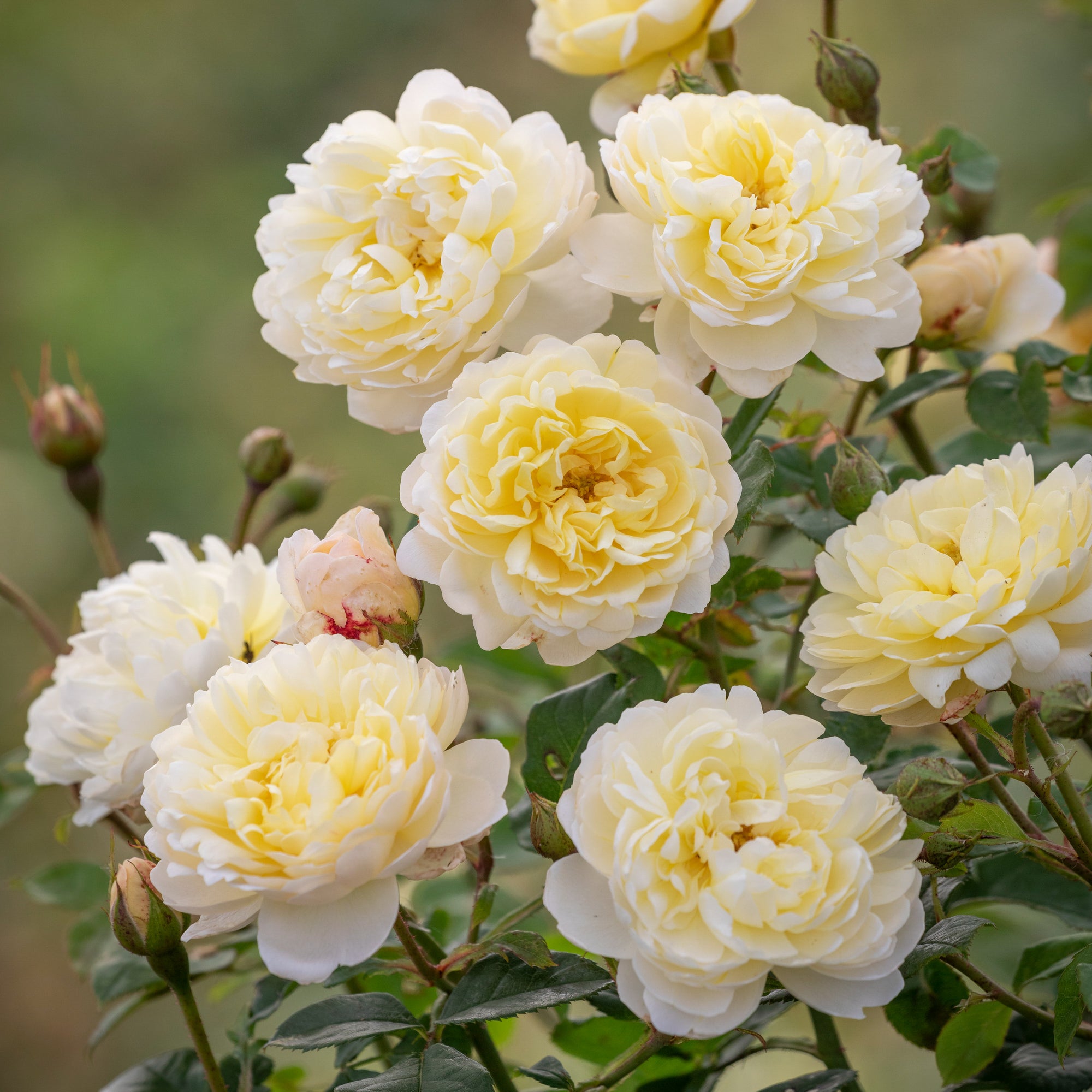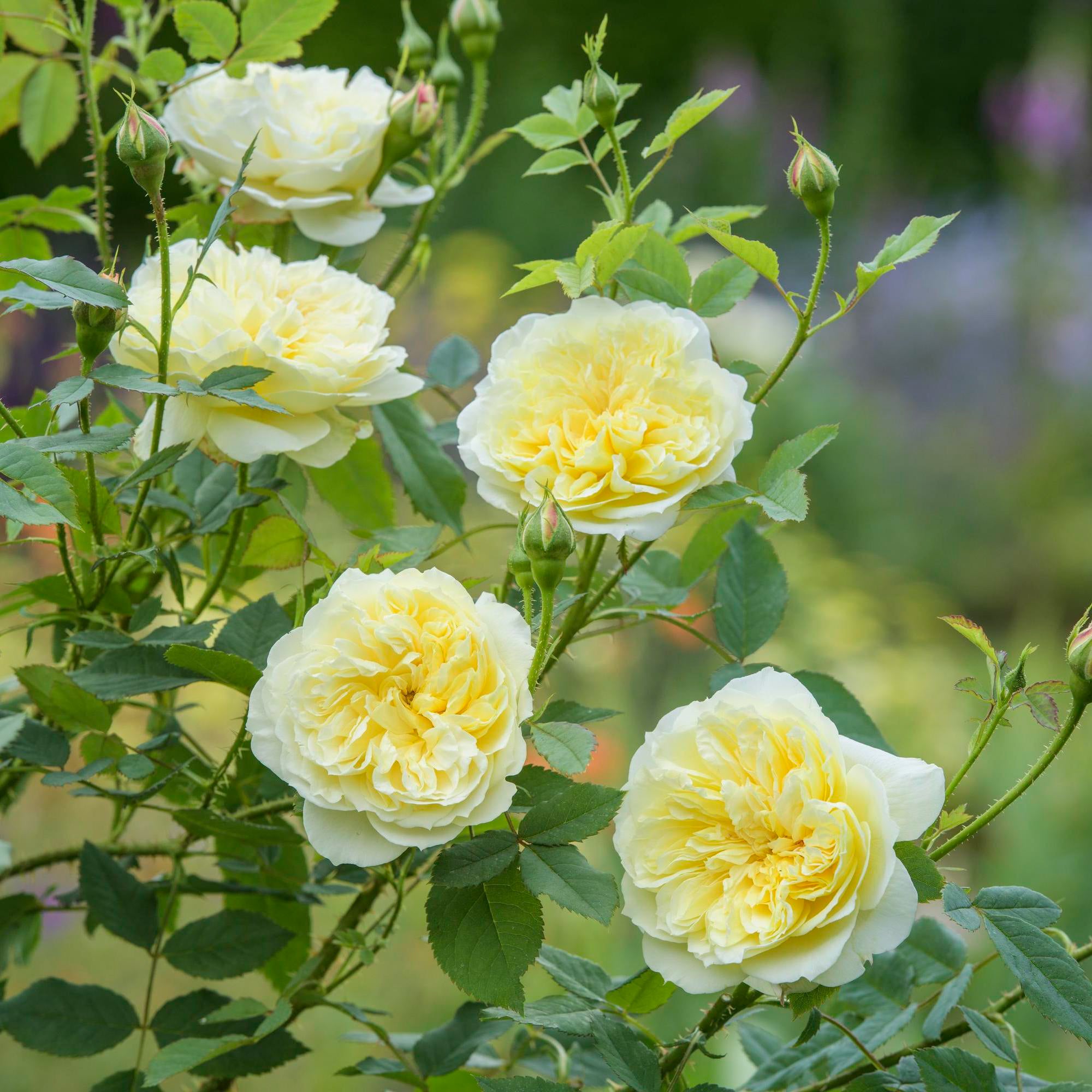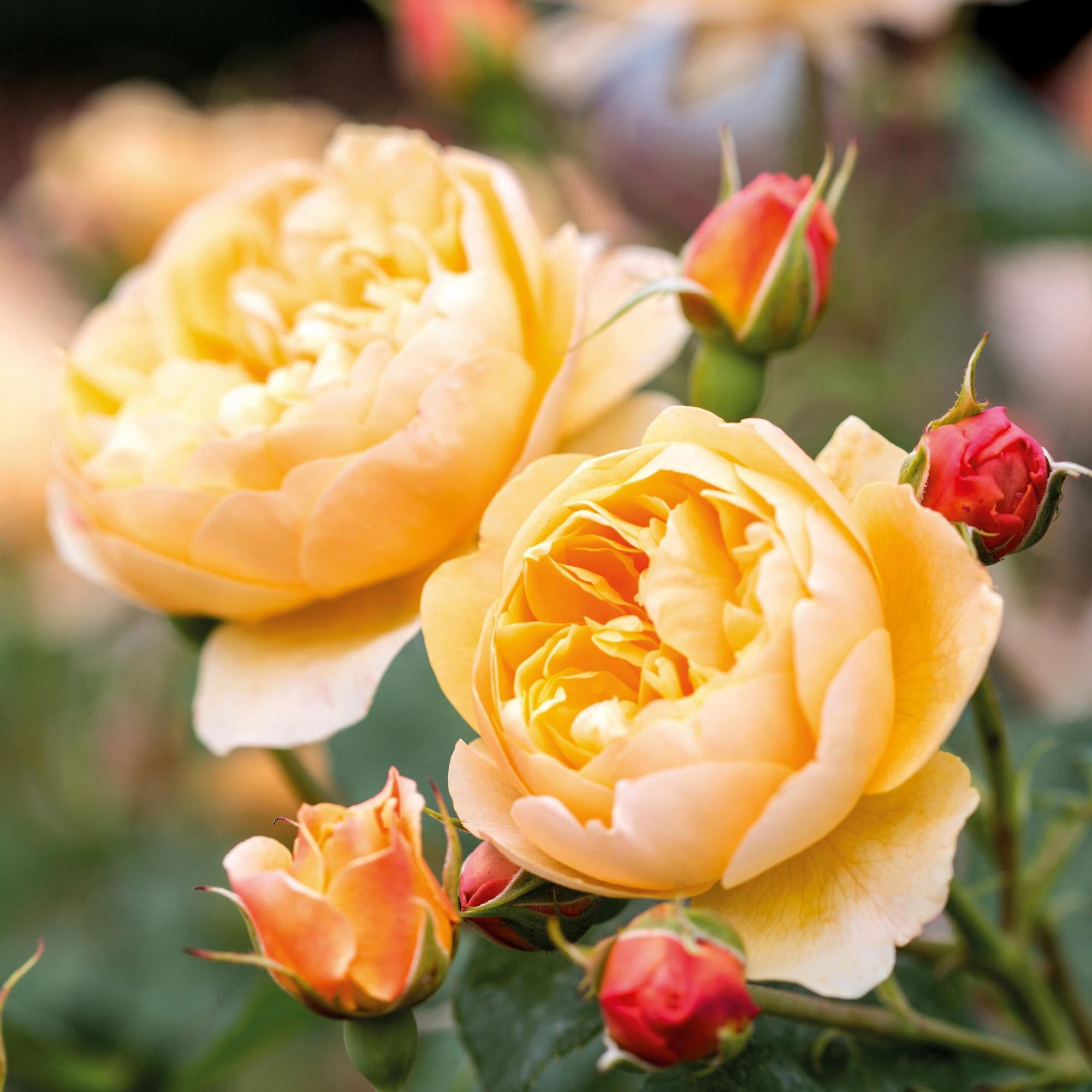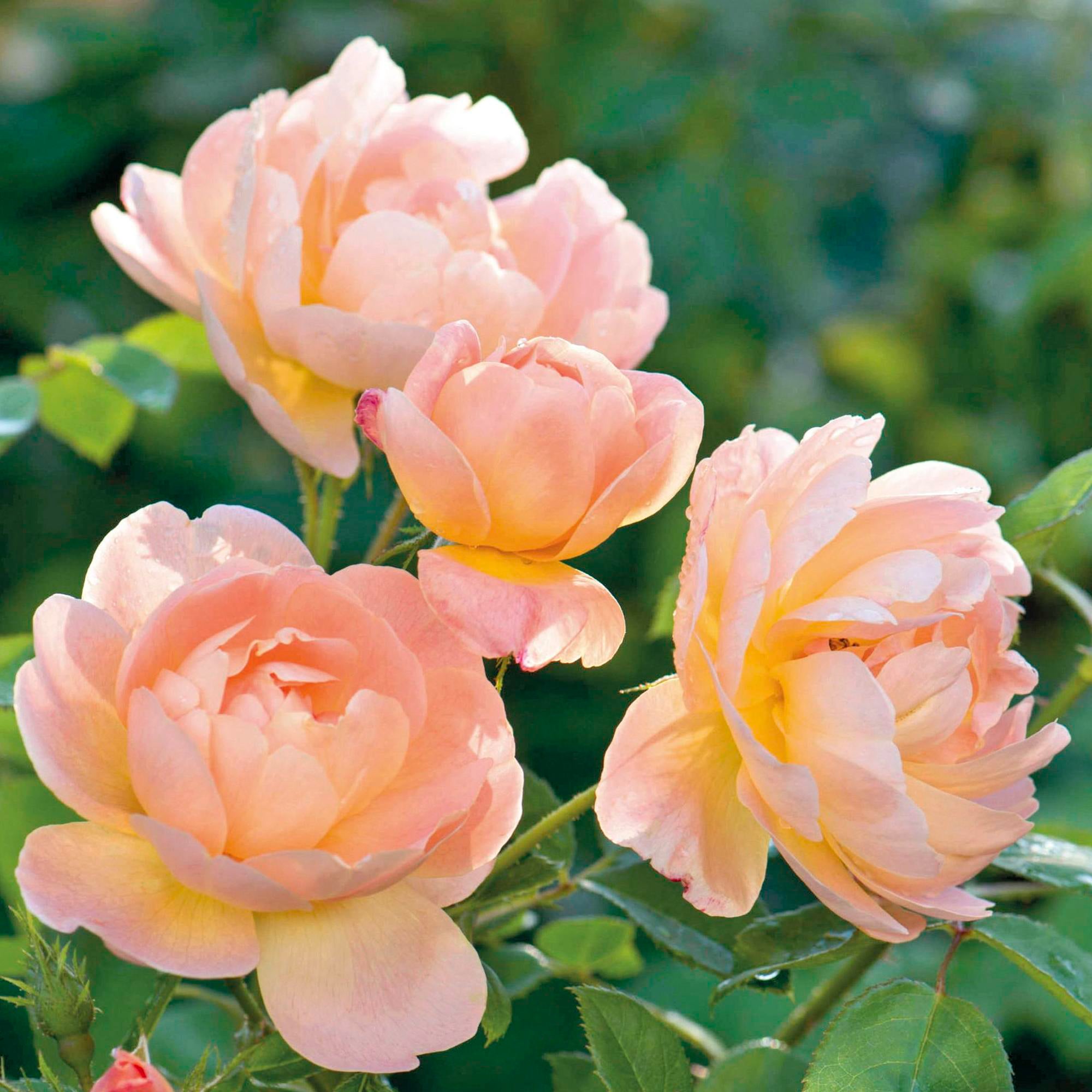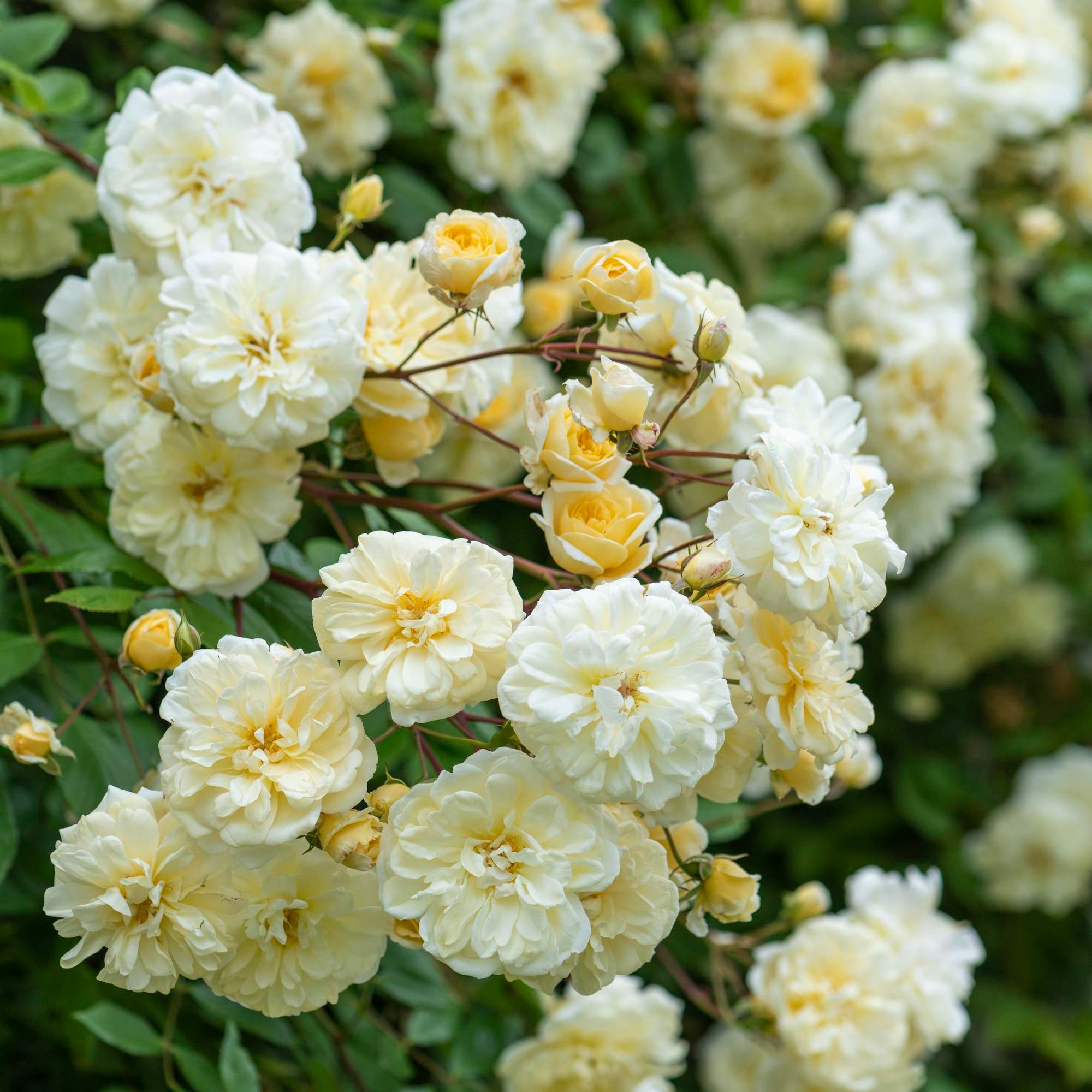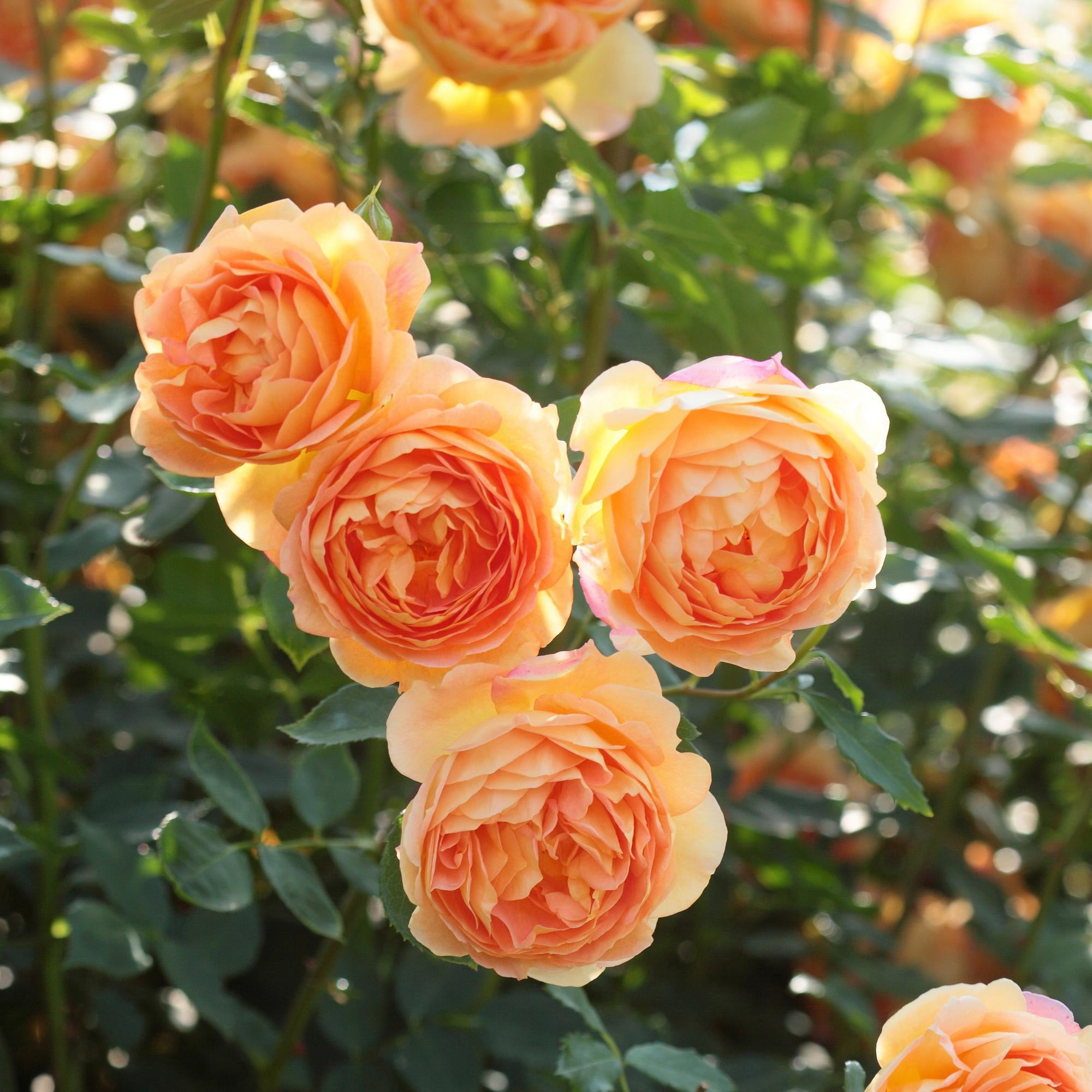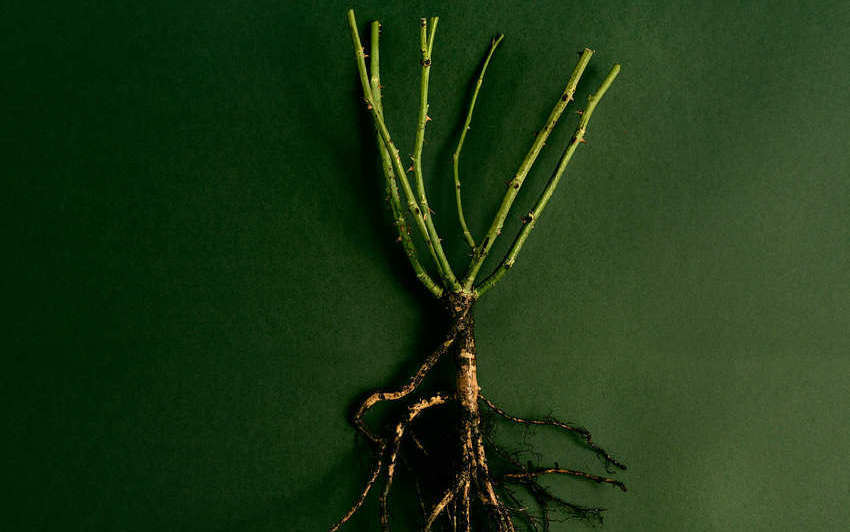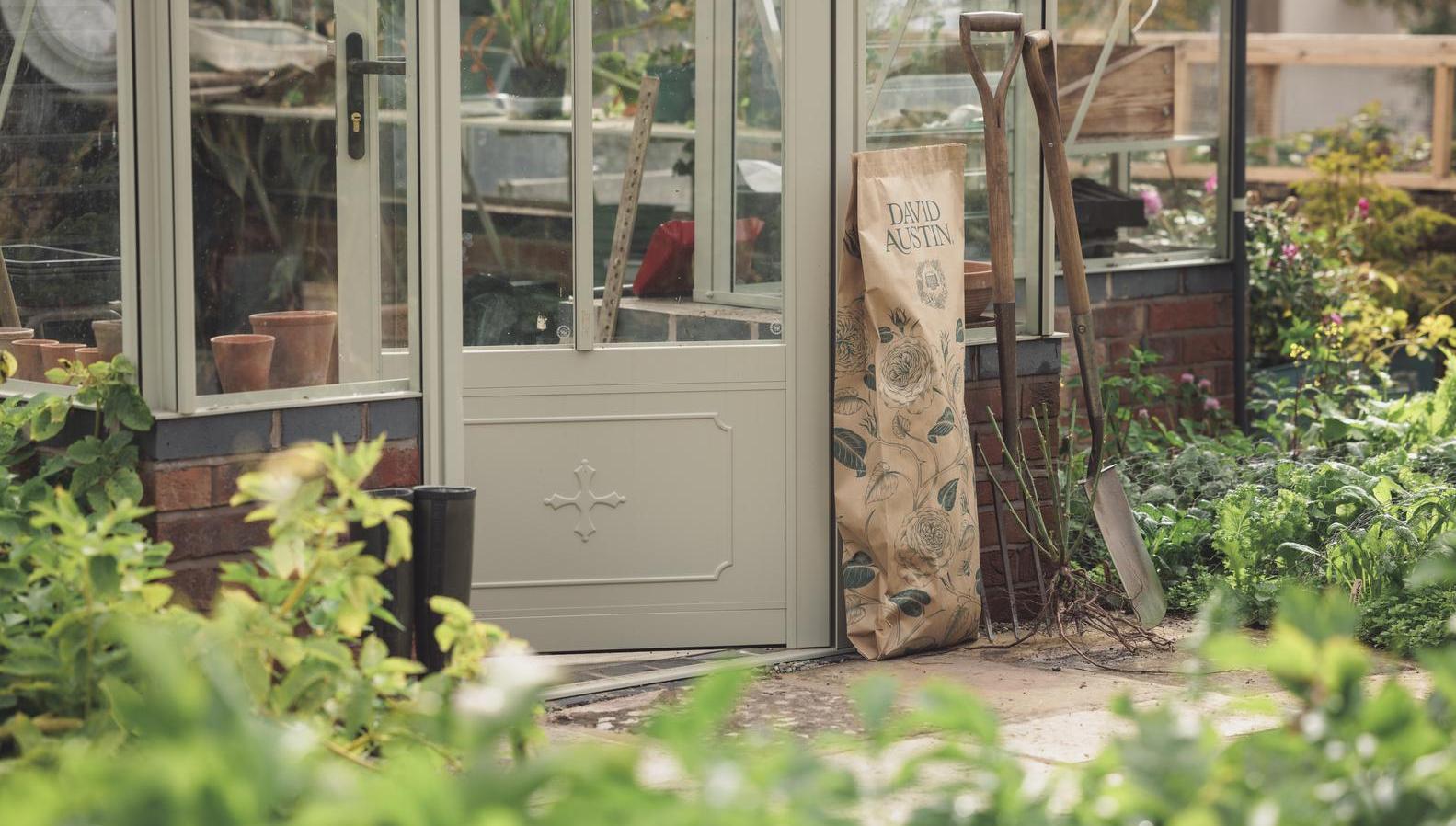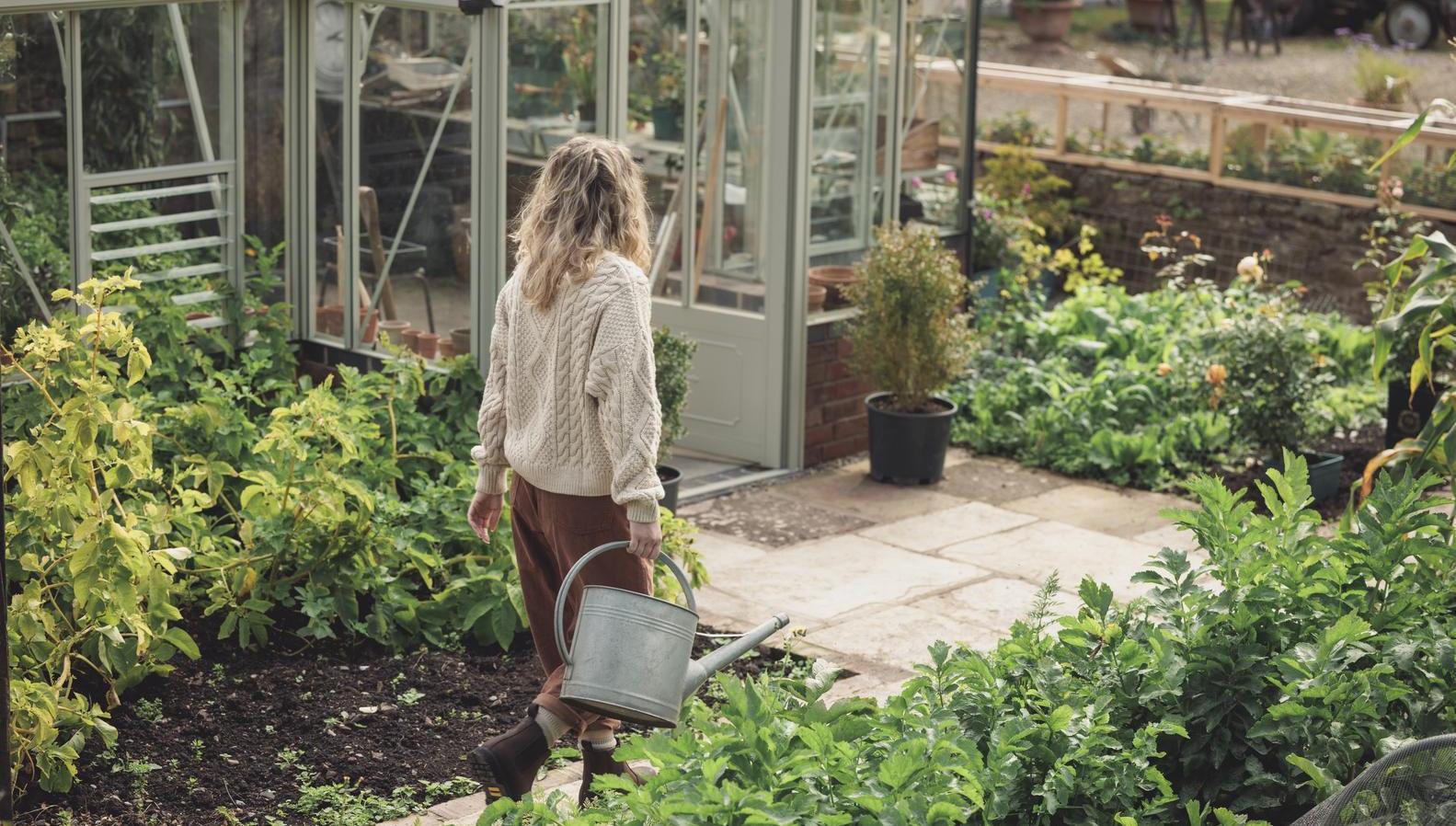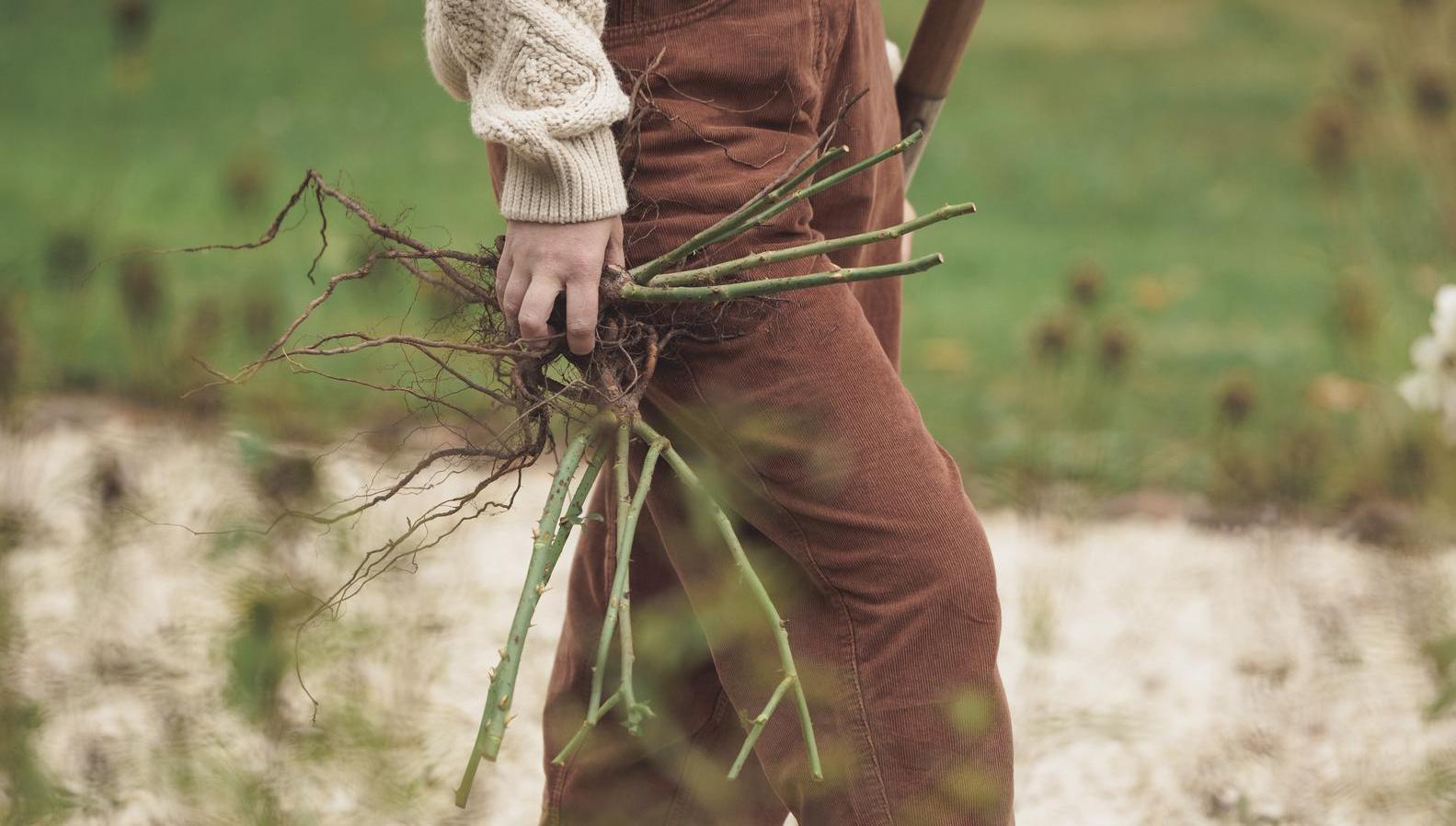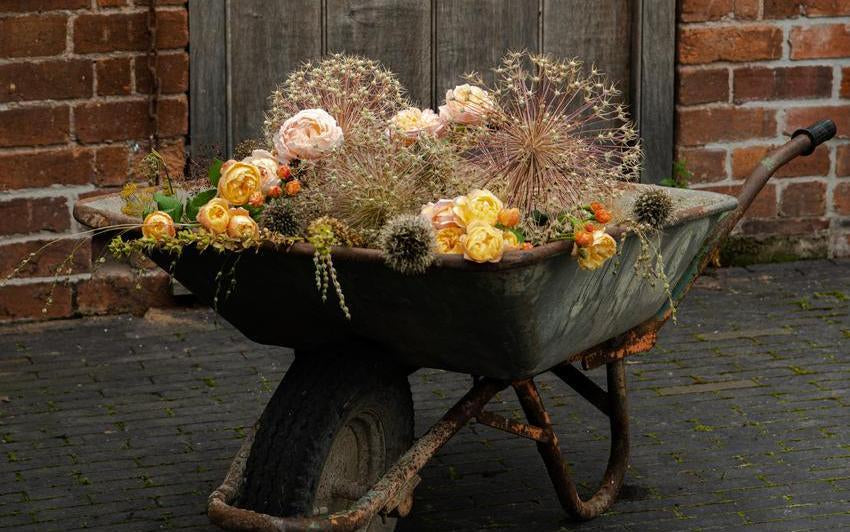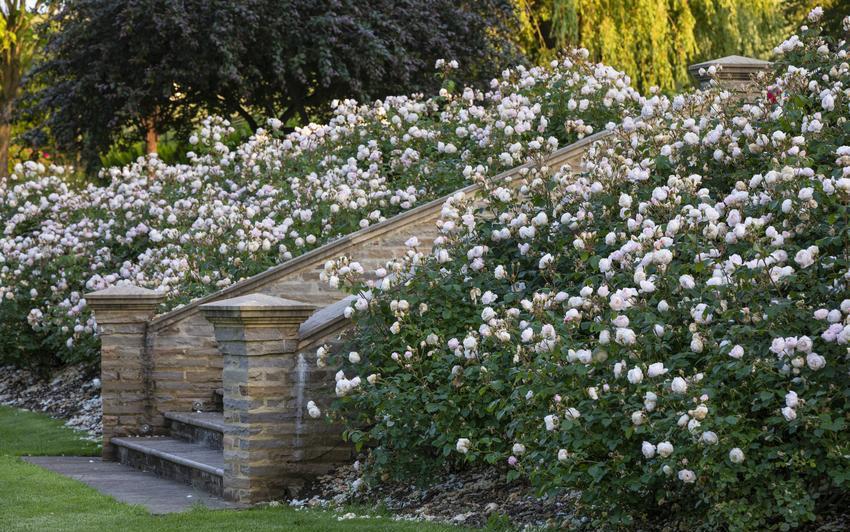The Anatomy of a Bare Root Rose
For many gardeners, the first sight of a bare root rose can be a surprise. Without its leaves or blooms, it arrives looking rather modest: a handful of roots, a few sturdy canes, and a curious little swelling where the two meet. Yet within this unassuming bundle lies everything needed to grow a strong, healthy rose that will flower for years to come.
Bare root roses are lifted from the field during their winter rest, when the plant is dormant and ready to travel. Free of soil, they are easy to handle, economical to buy, and quick to establish once planted. Understanding the parts of a bare root rose helps you appreciate both its simplicity and its quiet ingenuity.
Roots
At the base of the plant lies its foundation - the roots, both tap and fibrous. The tap roots reach downwards, steady and purposeful, delving deep into the soil in search of moisture and stability. Around them spreads a network of finer, fibrous roots that draw in water and nutrients from the surrounding earth. Together, they anchor the rose securely and sustain it through the seasons ahead. Before planting, it is essential to soak the roots in a bucket of water for a few hours to rehydrate them after their journey and prepare them for new growth.

Just above the roots sits a knobbly swelling known as the bud union. This is where two plants have been joined: the hardy rootstock below and the chosen rose variety above. The rootstock provides strength, disease resistance and adaptability to different soils, while the grafted rose brings its unique colour, fragrance and character. It is, in essence, a perfect partnership between resilience and beauty. When planting, position the bud union about two inches below the soil surface. This protects it from frost and encourages strong, new shoots from the base.
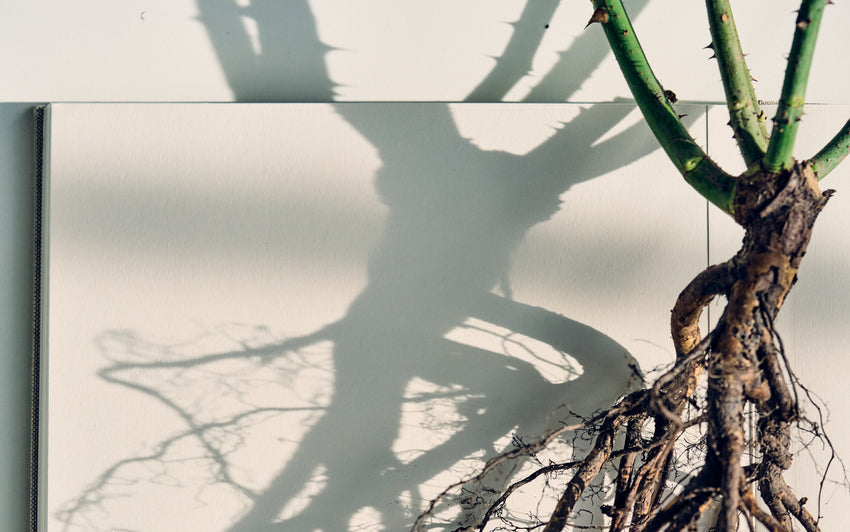
Canes or Stems
Rising from the bud union are the canes, the framework of your future rose. They may be green or reddish-brown, smooth or lightly thorned, and they hold the dormant buds that will soon burst into life. Before planting, trim back any damaged or very long canes to help balance the plant and direct its early growth.
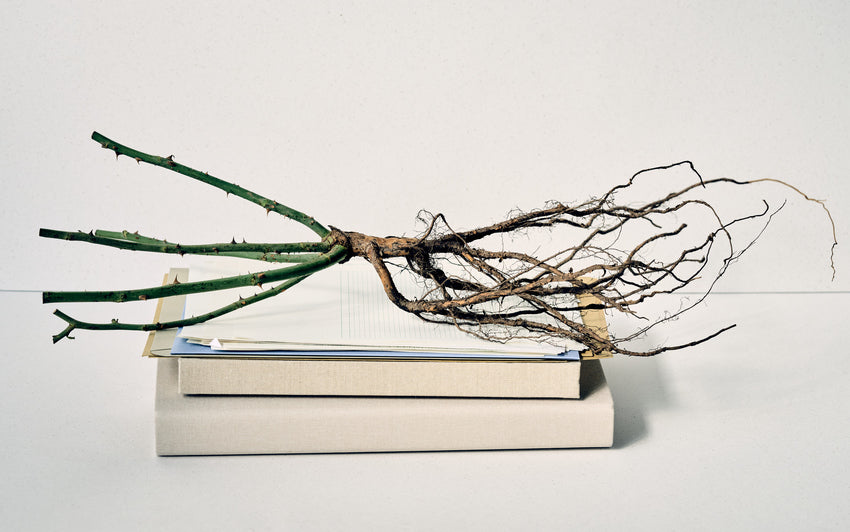
Dormant Buds
Along the canes you’ll find tiny, almost invisible buds - each one a promise of things to come. As the soil warms and daylight lengthens, they begin to swell and open, sending out fresh shoots that will soon be covered in foliage and, later, flowers.
A Simple Beginning
Planting a bare root rose is a simple, almost timeless act. Soak the roots, dig a wide hole, spread the roots gently, and backfill with soil so that the bud union sits just below the surface. Firm the soil, water well, and let nature take it from there.

